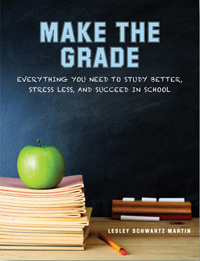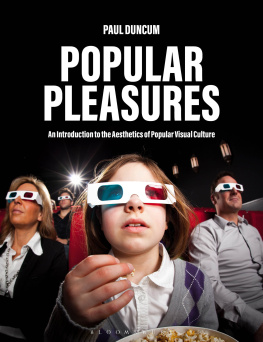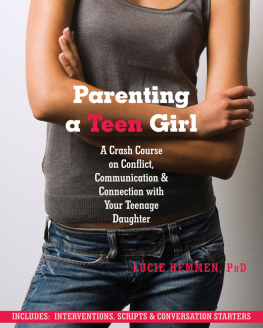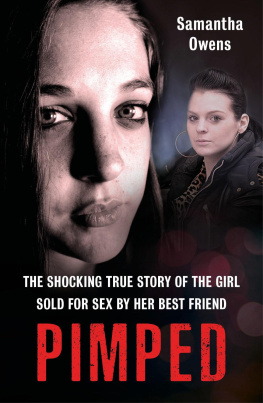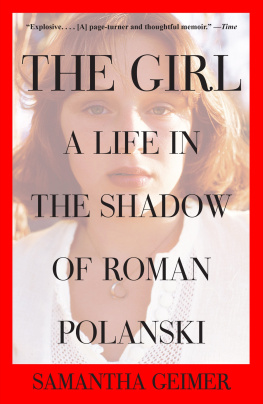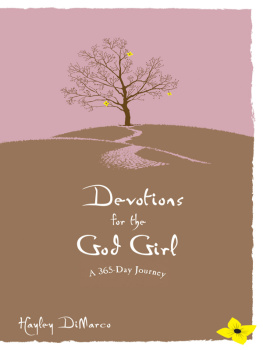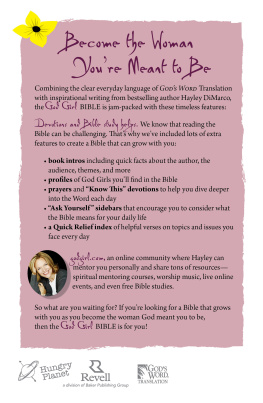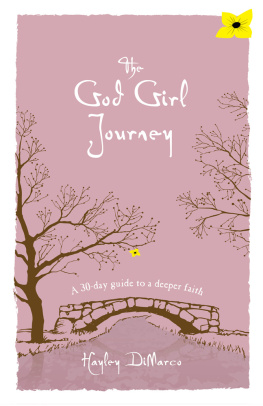This book has come about, in part, as a response to my own pleasure in girl teen films. This pleasure has come with a confused sense that although these films are, for the most part, ideologically conservative, more often do not include characters with whom I consciously identify, nor involve events, scenarios or people with which I am especially fascinated, I still find them appealing. Teaching the film Mean Girls (Waters, 2004) a quintessential millennial girl teen film to A-level film studies students I found that neither I nor the students could satisfactorily explain what we enjoyed about the film. At the same time, with the same group, I was also teaching a unit on British Cinema, and the crime film Bullet Boy (Dibb, 2004). Set in East London, Bullet Boy is a moody and claustrophobic tragedy about a young mans entanglement in a culture of crime. The differences in the ways that students engaged with these films are indicative of broader critical approaches to film. They found it difficult to discuss or explain the comedy, bright and polished mise en scne or light-hearted tone of Mean Girls , where, in comparison, the simmering violence, aggression and bleached-out urban landscape of Bullet Boy was much easier to address. The students felt that in analysing Bullet Boy there was more to discuss, to explicate and to understand. Mean Girls seemed too obvious, but also difficult to explain in its very obviousness. The intentions of this book have developed in response to a desire to gain a practical hold of girl teen films, to be able to articulate joy or fun in the same ways that violence or aggression seems comprehensible. With these thoughts in mind this book does not describe why I, nor my students, like girl teen films but explores the pleasures that these films are designed to provoke. I would, therefore, like to thank the students whom I taught at that time as well as those now, who keep me thinking and questioning.
From Manchester School of Art, I would also like to thank Felicity Colman, Joan Ormrod, Emily Brick and Jim Aulich. From Bloomsbury, Katie Gallof and Susan Krogulski. For reading versions of this book and providing very helpful feedback, Rachel Moseley, Catherine Driscoll, Sarah Thomas and one anonymous reader. For friendship and support, Amber Roberts, Leanne Green, Gary Bratchford, Mary Ikon, Laura Guy and Jenny and Mark Wilkinson. For teaching me things along the way, Jeff Fox, Adrian Baker, Iain Fox, Linda B and Keith Moulton. My family: Mum, Mark, Rosie, Lenny, Hobie, Geraldine, Andy, Dad, Michelle, Maud and Merry. And finally Leonie-Jade Leigh, without whom this book would have been completed a lot sooner.
You know, Ive never been to one of these things before. And when I think about how many people wanted this [removing tiara atop her head] and how many people cried over it and stuff I mean, I think everybody looks like royalty tonight. Look at Jessica Lopez. That dress is amazing. And Emma Gerber, I mean, that hairdo must have taken hours, and you look really pretty.
Cady, Mean Girls (Waters, 2004)
Adapted into fiction from the parental self-help guide, Queen Bees and Wannabees: helping your daughter survive cliques, gossip, boyfriends, and other realities of adolescence (Wiseman, 2002), Mean Girls follows Cady (Lindsay Lohan) who, after being home-schooled throughout her childhood, must navigate the social hierarchies of American high school. After manipulating her way to the top of the social ladder, becoming increasingly scheming and glamorous as she does so, Cady is eventually crowned as spring fling queen at the school dance. She has, however, lost all of her friends along the way and finds herself facing penance in the form of social ostracism as a Mathlete. When she is crowned as spring fling queen, she stands centre stage in a tiara and her Mathlete uniform (Figure 1.1), personifying the balance of innocence and glamour that the film projects as appropriate for girls. Seeking redemption from her fellow high school students she recites the speech quoted at the beginning of this chapter. This moment of redemption, of taking it all back, feels hollow. All the fun and affective force of the film is in the scenes where Cady is being a mean girl, in the scenes where she struts, dances and makes a spectacle of herself. This final sentimental speech cannot undo the pleasures of the glamour that has come before it. This book explores what those pleasures are.

Figure 1.1 Mean Girls (2004), Cadys redemption.
Teen film, and more especially Hollywood girl teen film, is generally critically dismissed as silly and trivial, the implication being that girl culture is silly and trivial, and in turn that girls are silly and trivial. Instead, this book takes the pleasures of these films seriously and explores how they are designed to create fun for girls.
Girl teen film
Teen films can be defined by their thematic focus: coming-of-age narratives, rites of passage and maturity as a narrative obstacle. The types of teen films that this book examines are mainstream, commercial films in which girls are the protagonists. Not all the films that I refer to are made in Hollywood, but they all follow the Hollywood paradigm. As I will detail throughout, they all present us with the same fun version of girlhood, they are all essentially Cinderella stories, they repeat the same moments of fun over and over, and they are designed to create specific affective pleasures.
Within the tradition of film studies the aesthetic and affective pleasures of teen film have gone unexplored. Studies usually focus on what films mean, taking an approach which assumes that teen films play a pedagogic role in the lives of young people believing that they are good or bad for them (). Where aesthetics are examined, this tends to be in relation to independent or art-house teen films; the aesthetics of the mainstream are usually taken for granted (Kearney, 2002). A notion of what is typical and ostensibly unsuitable for aesthetic analysis goes unquestioned. I want to rectify this gap and explore the aesthetics of mainstream millennial girl teen film.
The millennial focus of this book is in part a response to literature that already exists on the subject of teen film. Film studies often fixes on teen films of the 1950s the decade to which the teen film is often cited as being created; the 1980s especially the John Hughes films of that period, and/or the plethora of teen films of the late 1990s that followed the financial success of Clueless (Heckerling, 1995): made for approximately $12 million, the films domestic box-office gross was $56, 631, 572, (boxofficemojo.com) (See e.g. ). This book addresses the proliferation of girl teen films at the turn of the twenty-first century.
I focus specifically on girl teen films released between 2000 and 2010. It is well documented that, since the 1990s especially, girls are everywhere in the media (). The development of cable television and the growth of channels such as Disney and Nickelodeon in the 1990s produced multimedia girl celebrities (Projansky, 2014: 1213); this girl thrived at the turn of the century and as part of the digital era. In combination, from the late 1990s onwards, a third wave of feminism that focused on youth loud, young, sexy, feminine has been packaged and sold in all facets of the media and commercial culture. At the turn of the twenty-first century, the ubiquity of girls in film and media was unparalleled.






